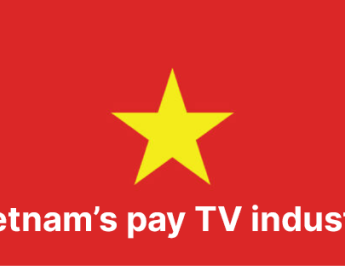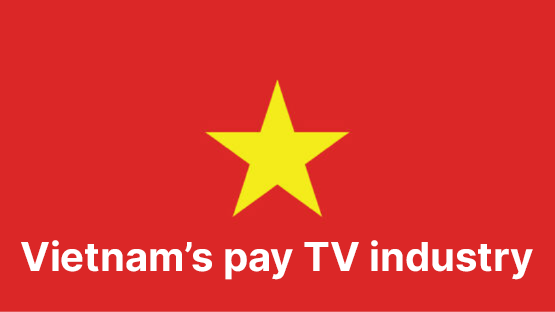
Vietnam’s legacy pay TV industry has seen a steep decline, giving way to Over-The-Top (OTT) platforms that are both ad-supported and subscription services.

The "Vietnam In View 2024 Executive Summary" highlights the significant shift in Vietnam's pay TV industry from traditional linear platforms to Over-The-Top (OTT) services, which have become the most popular. Despite low Average Revenue Per User (ARPU), OTT revenue is rising rapidly, while cable revenue is declining but still holds a significant share. The rise of OTT services has spurred local production, with private-sector production houses investing heavily in original and foreign-licensed content. TV advertising revenue has been steadily declining since its peak in 2018, losing market share to digital marketing. The regulatory environment has stabilized, allowing foreign services to provide films without seeking a license. IPTV and OTT have emerged as the dominant platforms, with significant growth in subscriptions. Vietnam's growing economy and rising per capita GDP present significant opportunities for the pay TV industry, especially SVOD services.
With a population of 100.3 million and nearly 27 million TV households, Vietnam is one of the largest pay TV markets in Southeast Asia. Subscriptions have been rising steadily since 2018 through the first half of 2024, reaching nearly 19.4 million households across a wide range of technologies and devices. The user base for OTT and Internet Protocol Television (IPTV) services has grown exponentially in the last three years at the expense of all other platforms, whose subscriptions have each seen a sharp decline.
Only IPTV and OTT have emerged as clear winners, both making giant leaps of 530% and 425%, respectively, over the last 5 years, reaching 8.4 million and 6.7 million subscriptions in 2023. But the term IPTV could be misleading now as all IPTV providers (MyTV, Viettel and FPT Play) have, in the last three years or so, embarked upon an aggressive campaign to persuade their customers to switch from the old and inefficient IPTV set-topbox, which has to rely on a dedicated physical internet connection (Asymmetric Digital Subscriber Line (ADSL) or fibre-to-home) to either (1) a new Android box which works on any physical internet connection, or, even more efficiently, (2) an OTT app which is available for any smart TV or handheld device.
Since our last report in 2021, OTT has expanded exponentially and is now, by far, the most common platform which consumers turn to for their content fix. VieOn and FPT Play have emerged as the largest domestic Subscription Video-on-Demand (SVOD) providers, competing comfortably with foreign services such as Netflix, Apple TV+, iQIYI and WeTV, which are also becoming more popular. Viettel’s TV360, FPT Play and VNPT’s MyTV have almost completed their transition from old IPTV technology to OTT. Traditional linear TV service providers are also accelerating their transition to OTT, including VTVcab, K+ and SCTV.
GDP growth: With a GDP of US$430 billion in 2023 and an annual growth rate of over 6% during 2016 – 2023, despite the adverse impact of the COVID-19 pandemic, Vietnam has taken Malaysia’s place as the fifth largest economy and is still one of the fastest growing economies in Southeast Asia.
From 2016, pay TV revenue only grew by an average of 2.79% annually, reaching US$375.57 million in 2020.
Licensing: In June 2022, the revised Cinema Law was passed, which dropped the licensing requirement for OTT services that only provide films in their offering. Before that, MIC insisted that these services be treated as regular pay TV and thus subject to licensing requirements under Decree 6 of 2016. In October 2022, the government issued Decree 71, amending Decree 6, which still requires OTT services to apply for a service license for non-film content, such as news, sports and general entertainment.
Localisation and censorship: Decree 71 dropped the translation requirement for all types of content on OTT services and linear TV channels. Regarding censorship, the decree divides content into three categories: news, films and general entertainment. News content has to be edited by a licensed editing agency, which is a state-run organisation. Films have to be rated according to the Cinema Law and Decree 131.
Vietnam's TV landscape is shifting from traditional pay TV to OTT platforms, driven by rapid growth in OTT subscriptions and revenue. Despite low ARPU, OTT services are thriving, while legacy platforms like cable and DTH are declining. The regulatory environment has stabilized, allowing foreign OTT services to operate more freely, and local production is booming. As Vietnam's economy grows, the pay TV industry, especially OTT, is poised for significant future opportunities.
Source: AVIA - ASIA VIDEO INDUSTRY ASSOCIATION